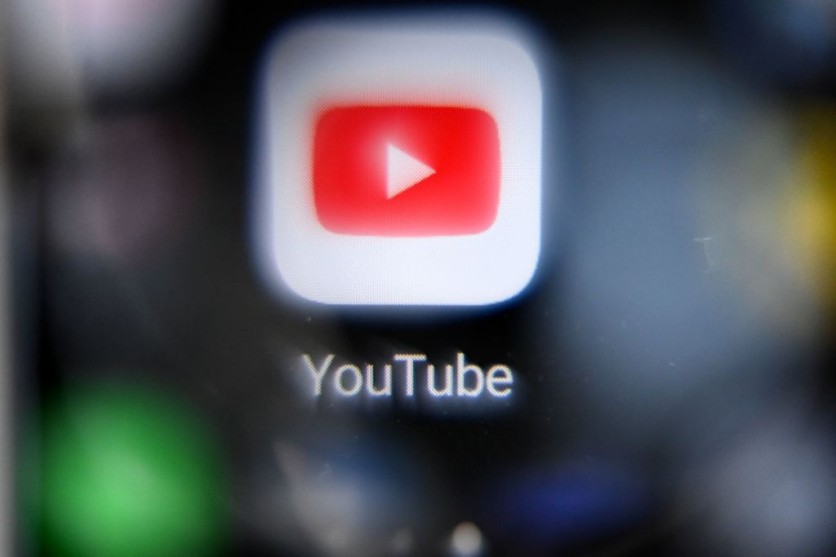YouTube is now looking to tackle misinformative videos by taking a page out of X's (formerly Twitter) book. It employs a Notes feature that allows users to contextualize videos with factual, timely descriptions.
Google changed its YouTube test features and experiments website to emphasize the new test. This tool will allow users to provide timely, relevant, and understandable context to videos. Currently, it is only available to a small number of US users who use the YouTube app in English.

Notes are published on YouTube, where other users examine and rate them. Visitors might score the notes as "helpful," "somewhat helpful," or "unhelpful." If a user's message gets a lot of "helpful" ratings, it might prominently appear under the YouTube video.
It is said that if users in the US who use the English version of the YouTube app notice an "Add note" option beneath a video, the feature has been rolled out to them.
Furthermore, YouTube recognizes that knowledge is subject to change in a constantly changing environment. YouTube is more likely to display a note under a video if a certain note that has been downvoted multiple times starts to receive multiple upvotes.
YouTube's response is unclear and could be misused by a botnet highlighting potentially bogus content with a surge of upvotes.
YouTube's Notes on Kids Videos
It's vital to remember that content meant for children, private films, and videos featuring children will not utilize this feature. It's also crucial to remember that after a message is published on YouTube, it won't have the user's channel name next to it and will stay anonymous.
Users can read notes alongside videos on the web and handheld gadgets even if they can't write them down.
To use the function, a YouTube account in other countries must be more than six months old and have not had any community guideline strikes in the previous 12 months. It should also not be a shared or supervised account.
The streaming platform states that "Notes" must always be written in the author's own words, avoid directly paraphrasing information from other sources, include references for any claims made, be simple to read, and use neutral language devoid of bias.
YouTube's AD-Blocker Solution
The giant video-streaming site YouTube has launched numerous new features simultaneously with its announcement. Most significantly, a business called SponsorBlock-which is well-known for allowing users to bypass sponsored segments and commercials-revealed in a recent X post that YouTube is preparing to introduce a new technique for incorporating advertising into its videos.
This also applies to the platform's free streaming accounts since it will now incorporate user-facing advertisements into its videos.
According to recent reports, YouTube's advertisements are transmitted to the platform's mobile or browser client via a different source. Users are still ignorant of the extent of YouTube's current functionality, and the new focus is being tested.
This novel technique, "server-side ad injection," successfully interferes with YouTube's basic accounts' ability to skip advertisements. YouTube recently implemented this strategy to target user-facing ad blocker platforms and tools; earlier, it focused on ad blockers found in browser extensions, followed by third-party solutions.
Related Article : YouTube Brandcast Adds AI to Advertisement Campaigns

ⓒ 2025 TECHTIMES.com All rights reserved. Do not reproduce without permission.




